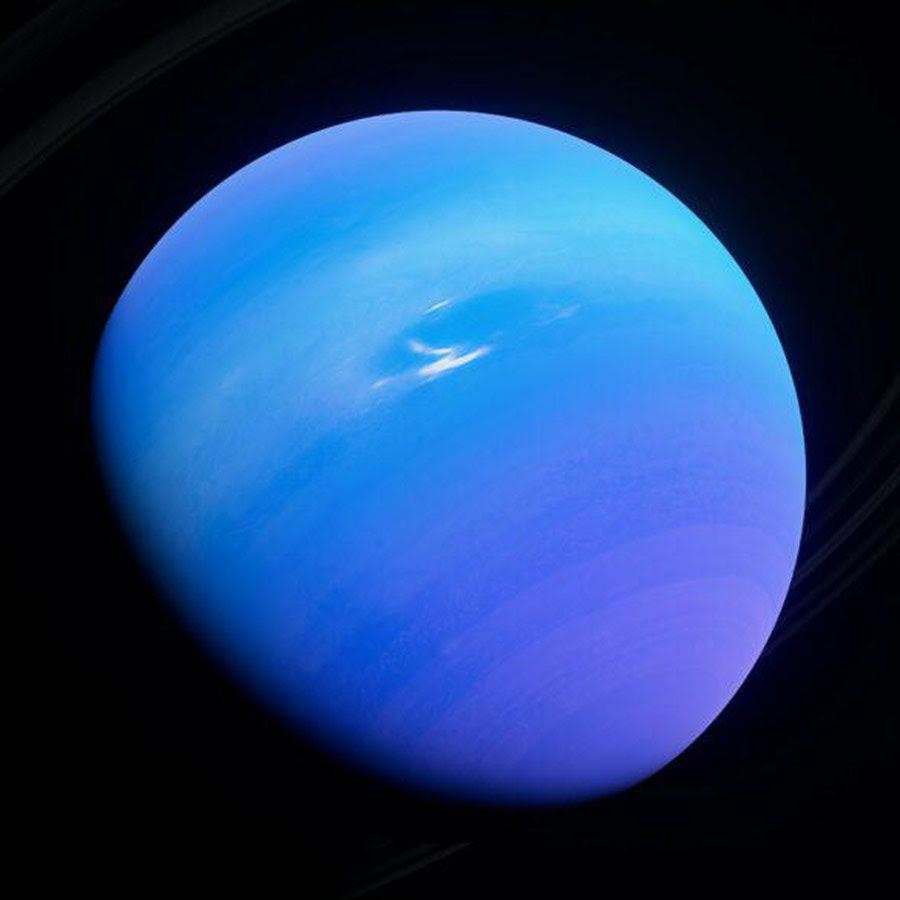
For decades, scientists believed that Uranus, the seventh planet from the Sun, was one of the coldest in the solar system. But a new study published in Geophysical Research Letters reveals a surprising truth: Uranus radiates more heat than it receives from the Sun, challenging long-held assumptions about this distant “ice giant.”
A Planet That Glows From Within
According to the research, Uranus emits about 12.5% more heat than it absorbs from the Sun. While its average surface temperature remains frigid at around -195°C, the study suggests that the planet retains and slowly releases internal heat from its formation over 4.5 billion years ago.
Lead researcher Jinwei Wang from the University of Houston explained that these findings provide new insights not just into Uranus but into the formation and evolution of other giant planets in our solar system.
“This means Uranus is still slowly radiating the heat stored deep within it,” said Wang. “Understanding this helps us trace the planet’s history and internal dynamics.”
A Historical Puzzle Revisited
Uranus lies approximately 1.8 billion miles from the Sun. When NASA’s Voyager 2 spacecraft flew by the planet in 1986, it captured stunning images of a pale blue world. However, it failed to detect any significant internal heat, unlike Jupiter, Saturn, and Neptune, which were shown to emit far more energy than they receive from the Sun.
That lack of heat emission made Uranus a planetary mystery. But researchers now believe Voyager 2 may have captured data during a period of lower activity or from an angle that missed deeper insights into the planet’s energy emissions.
Comparing the Giants
The new study puts Uranus in a better context with its gas giant neighbors:
Jupiter radiates 113% more heat than it receives.
Saturn emits 139% more.
Neptune tops the list at 162% more, even though it lies farther from the Sun than Uranus.
This leads to another mystery: Why does Neptune, farther from the Sun, radiate more internal heat than Uranus? Scientists are now digging deeper into the planets’ compositions, atmospheres, and core dynamics to find answers.
More Questions Ahead
The findings mark a significant shift in our understanding of Uranus and open new avenues for future exploration. While the planet has long been viewed as a cold, inert giant, the new data hints at complex internal activity that still needs to be fully explained.
As researchers continue to unravel Uranus’s secrets, one thing is clear: this “ice giant” is far more dynamic—and mysterious—than we ever imagined.
